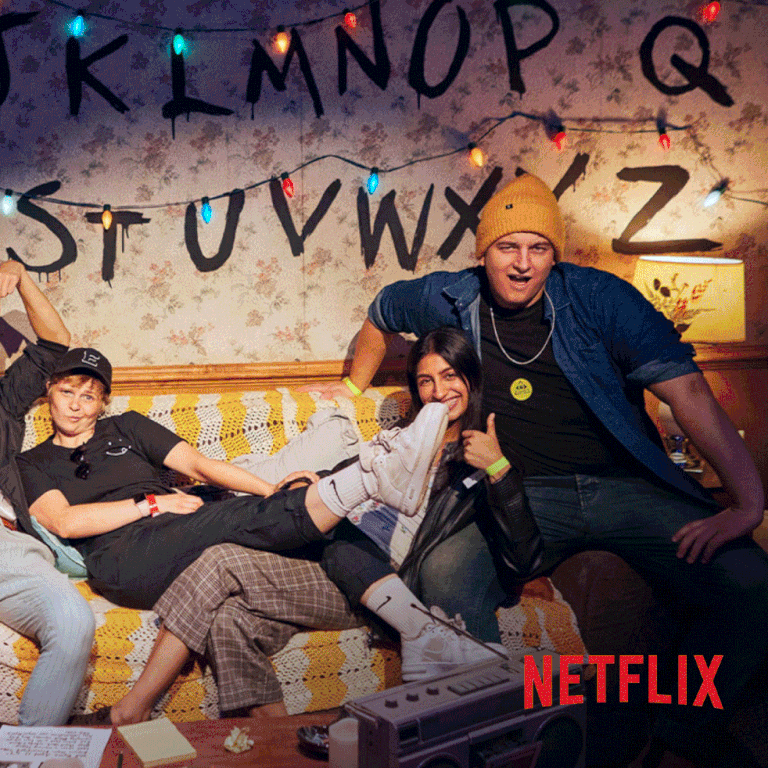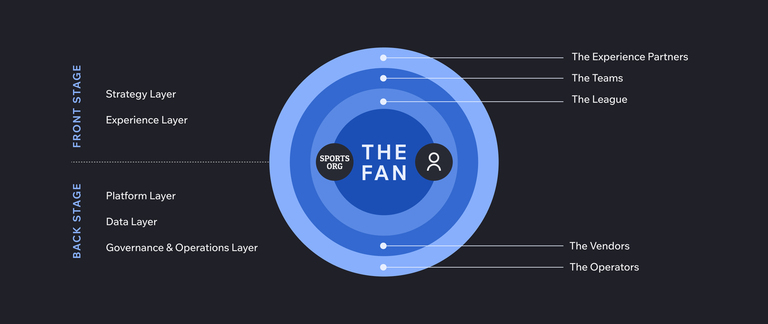Chapter 3
The Fandom Gap

Our data suggests that although consumer brands have invested heavily in fandom activations, they are still missing a piece of the puzzle. When we compare fandom between sports and brands, a significant gap is revealed. In other words, brands don't fuel nearly as much fandom as sports teams and organisations do.

Q: Do you consider yourself a fan of a sports organisation or team? Do you consider yourself a fan of a consumer brand in each of the following categories? (7 or higher on 10-point scale)
Our research illustrates that this gap exists across the board, in all brand categories. Some of these gaps are expected, for example in consumer goods. But more surprisingly, even categories that are perceived to have more emotional appeal have struggled to close the gap.
Consumer Goods
Despite extensive investment in sponsorship deals with major sporting competitions like the Champions League, the Fandom Gap is 71% vs. 57%.
Ecommerce
Popular brands like Amazon and Bol.com have leaned on CRM and affiliate marketing, leaving the Fandom Gap at 71% vs. 53%.
Technology
Some would expect that Apple’s use of the “religion model”, built around community, would foster fandom. However, the Fandom Gap remains in this category (71% vs. 57%).
Fashion & Beauty
A seemingly infinite number of influencer activations and celebrity tie-ins haven’t proven to be real drivers of fandom (71% vs. 51%).
Travel & Hospitality
Another industry that has become reliant on influencer-led campaigns and lags behind because of it (71% vs. 50%).
Sports Apparel
Celebrities are an integral part of the marketing mix for these brands (think ON and Zendaya). Yet the Fandom Gap is 71% vs. 56%.

Perhaps most surprising of all is the gap for entertainment brands (71% vs. 50%). Look at Prime and Netflix. Both streaming platforms own iconic IPs in Lord of the Rings and Stranger Things, but their marketing prioritises seasonal stunts and travelling activations, meaning that fandom is associated with the series, not the provider.
Sports organisations succeed because they know you can't buy fandom. You have to earn it.
Indeed, sports teams and organisations think beyond the spikes of obvious fan engagement. They nurture fandom over time, across every interaction, by investing in tech, data and content at scale.
Sports Fandom is Always On
Only one in four sports fans cite “on-field quality” as a fandom driver. Sports organisations appreciate that it’s about more than game day and the performance on the field.
Sports Fandom is Personalised
Half of sports leaders plan to spend $2.5-$3.75 million on personalisation in 2025, vs. less than a quarter million in other sectors. This dovetails effectively with technical integrations like data-driven ticketing and tailored content.
They understand that true fandom is a rich, complex concept. Different fans have different expectations; there isn’t a one-size-fits-all approach that can cater to everyone. That’s why our work with our sports clients prioritises building long-term, comprehensive digital ecosystems to nurture fandom, with seamless connection across community, commerce, content and care preferred over one-off campaigns. Not just to connect with fans through owned channels, but to provide a unified experience across the whole ecosystem.

Building the ecosystem is just the start. How do you fuel fandom in every touchpoint?
Own your own fanbase
Building fandom for your brand is key to winning new customers, and keeping the ones you've got.
